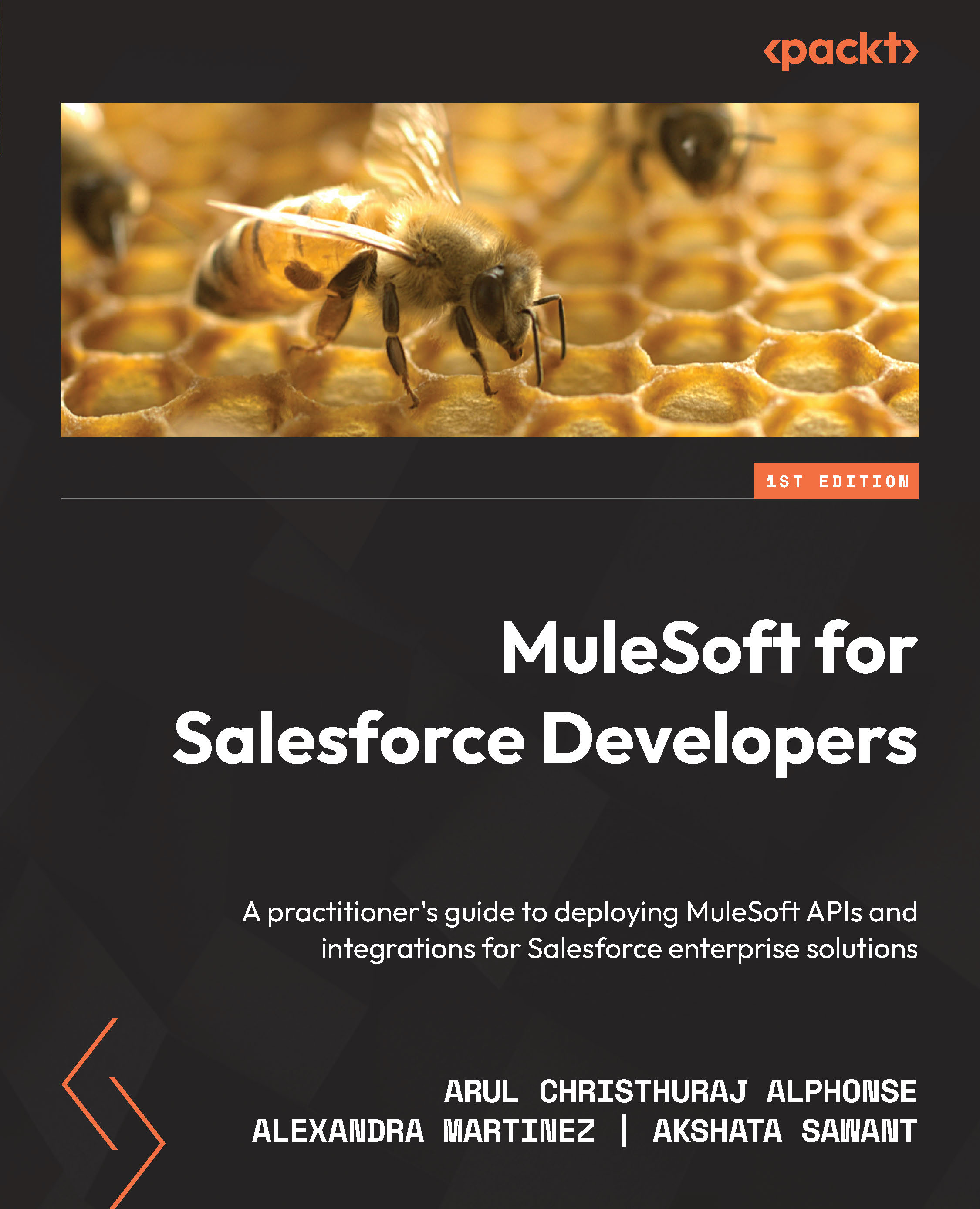Questions
Take a moment to answer the following questions to serve as a recap of what you just learned in this chapter:
- What is a health-check endpoint and why is it useful?
- What is an example of sensitive data that you shouldn’t log in your application?
- What is the
global.xmlfile used for? - What is the best practice to separate your properties?
- What is the best practice to keep your properties’ encryption keys?
- What is the file you can use in your Mule project to hide your secured properties in Runtime Manager?
- In Anypoint Studio, where is the cache for your Mule project saved?
































































